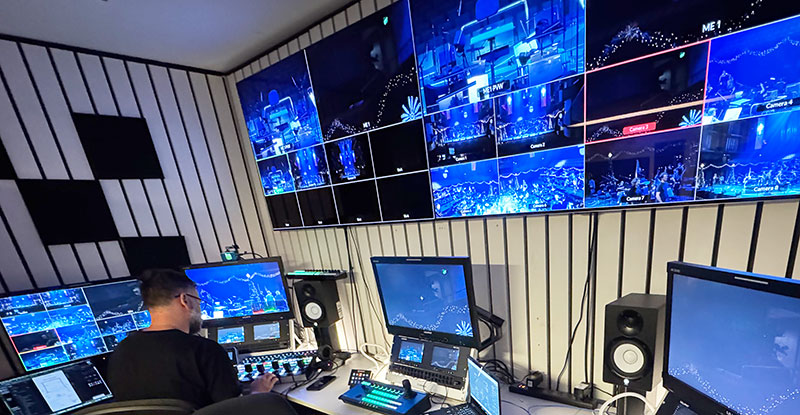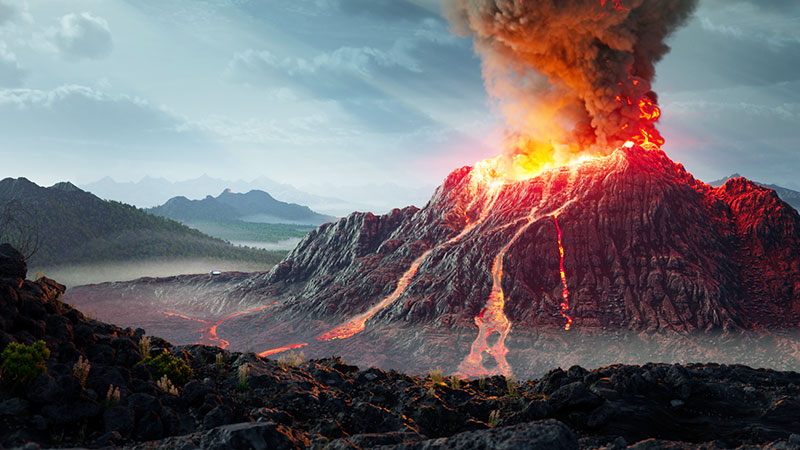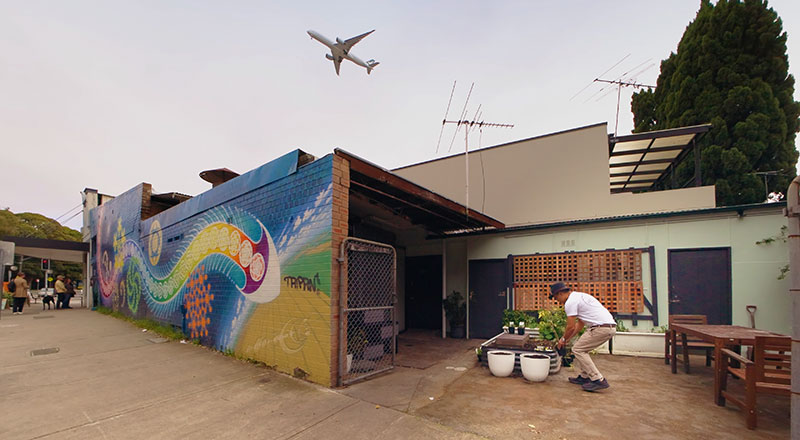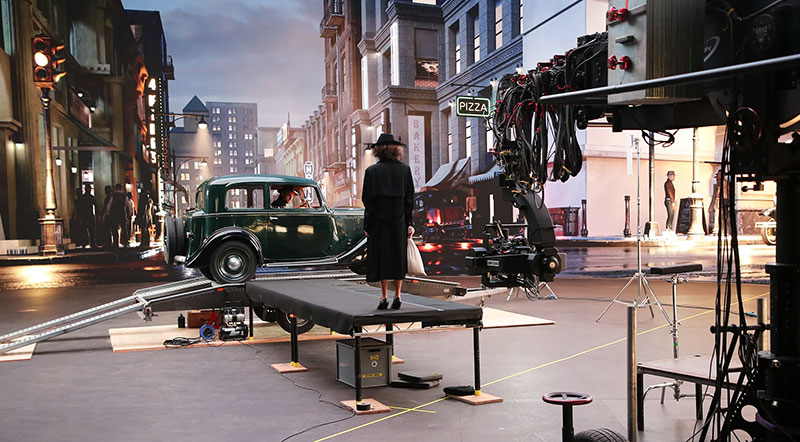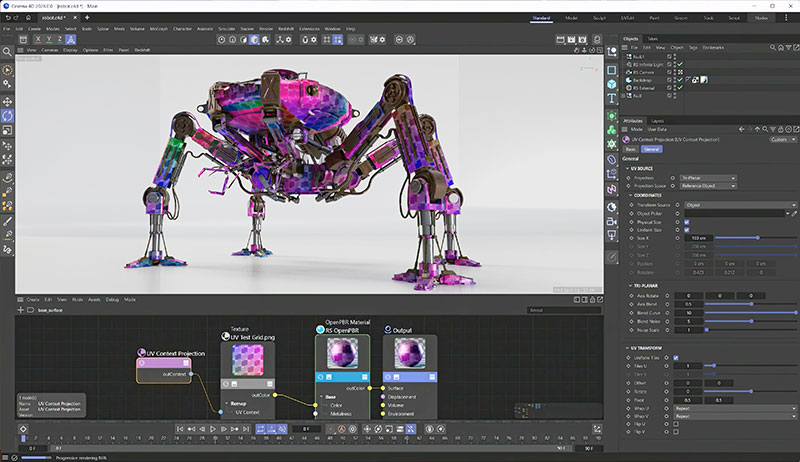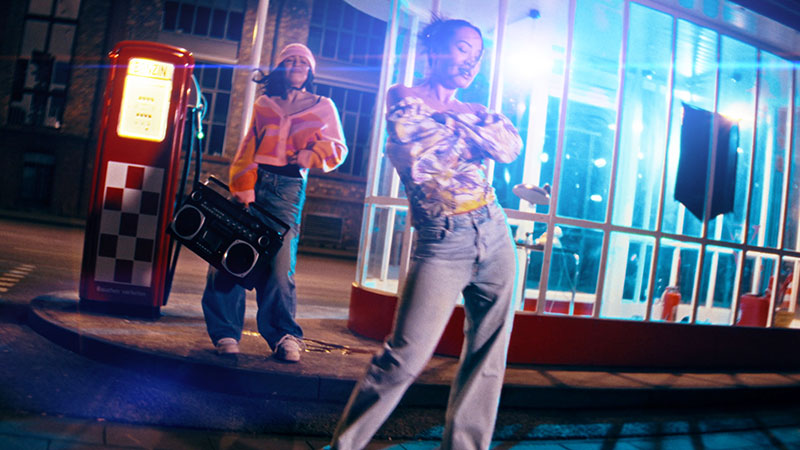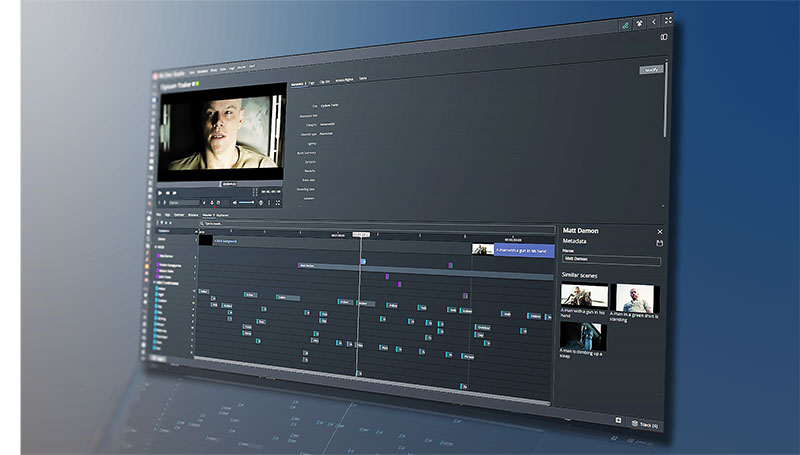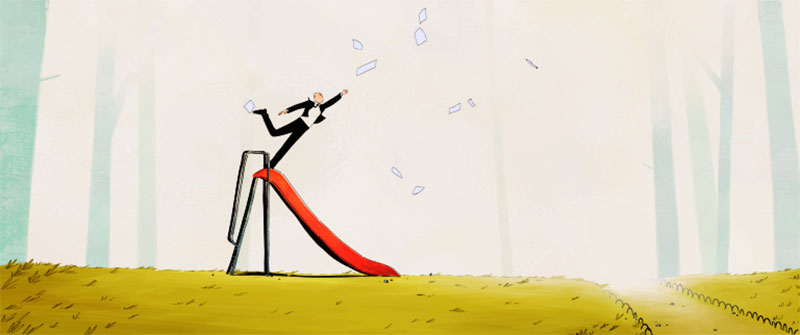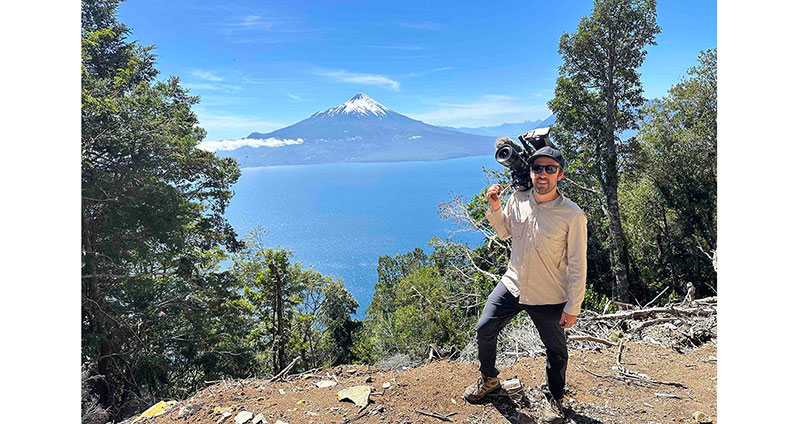ARTONE post-house in Tokyo is the first facility in Japan to integrate Baselight M, choosing its precise look development controls to help create natural-looking images in a visual way.
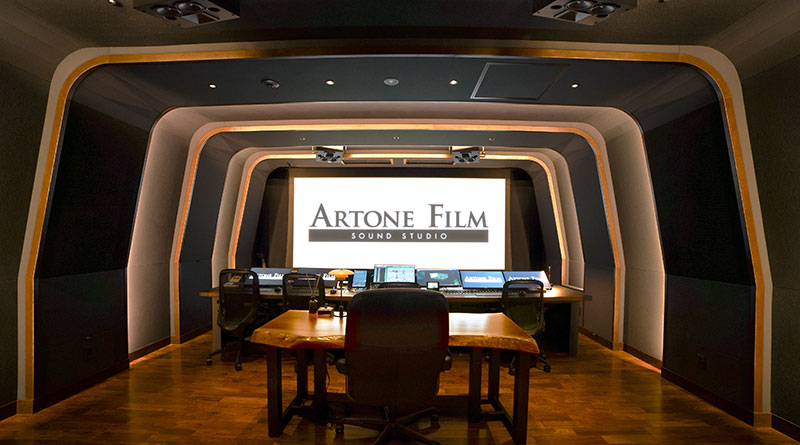
Colourists Masahiro Ishiyama and Toshiki Kamei founded ARTONE FILM post-production studio in 2021. Located in Tokyo, it is unusual in Japan as a facility dedicated to colour grading.
The team, made up of 16 dedicated colourists, works on a wide range of content, from high-end commercials and music videos to feature films, including Godzilla Minus One, First Kiss and numerous Netflix shows such as Sanctuary and First Love. While the majority of its work comes from the local market, they also welcome opportunities to collaborate with clients worldwide.
Introducing Baselight M
ARTONE’s founders have been keen to introduce Baselight software to their grading suites for some time and, since the facility’s workflow is primarily Mac-based, when Baselight M for macOS was released earlier this year it seemed like the perfect opportunity.
Baselight M is the software-only subscription version of FilmLight’s Baselight grading system, and runs on the Apple macOS platform. It has the same features as the standard Baselight Linux systems and comes with FilmLight’s 24/7 user support.
Initially, as CEO and senior colourist, Masahiro Ishiyama will be the primary Baselight user, followed soon after by co-founder Toshiki Kamei and other colourists who are interested in gaining experience on the new platform.
Supporting the Narrative
“I began my career in 2013 as an intern at Cutters Studios Tokyo, where I was initially learning offline editing,” said Kamei, also a senior colourist. “During that time, I had the opportunity to meet Steve Rodriguez, who was the in-house colourist. Watching him work and seeing how a colourist could shape the entire atmosphere and world of a project had a huge impact on me. I was immediately drawn to the craft and knew then that I wanted to become a colourist myself.”
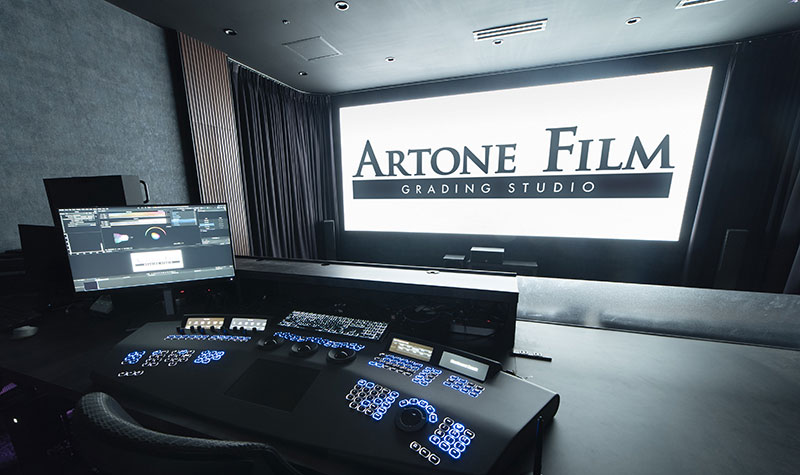
He describes his style as leaning toward a filmic look, but more importantly, he takes care to approach all projects with a strong awareness of the story and concept, aiming to create colour and looks that truly support the narrative.
“After Cutters Studios, I studied under another talented artist, Ben Conkey, who became a key mentor for me. Thanks to his guidance, I made my official debut as a colourist in 2016. In 2021, I received an offer from Masahiro Ishiyama to start a colour facility together. That same year, we co-founded ARTONE FILM, and it's been an exciting chapter in my career ever since.”
Light Philosophy
Ishiyama started out working on commercials and music videos. “My first feature film was A Family (Yakuza and the Family), directed by Michihito Fujii,” he said. “After that, I worked on Godzilla Minus One, directed by Takashi Yamazaki. Both of these projects had a significant impact on my career as a colourist.”
He commented that he was drawn initially to Baselight because of its philosophy, especially its approach to handling light. “Its operational style and mask work reflect this approach, making the workflow both natural and very precise,” he said.
As a senior colourist and the co-founder of a specialist colour facility, Ishiyama’s advice to aspiring colourists in the region is to set clear goals and observe as much as possible.
“Before working with any tools, it’s important to have a clear image in your mind of what you want to achieve,” said Ishiyama. “Developing your observation skills is key. Memories from your daily life will give you hints for colouring.”
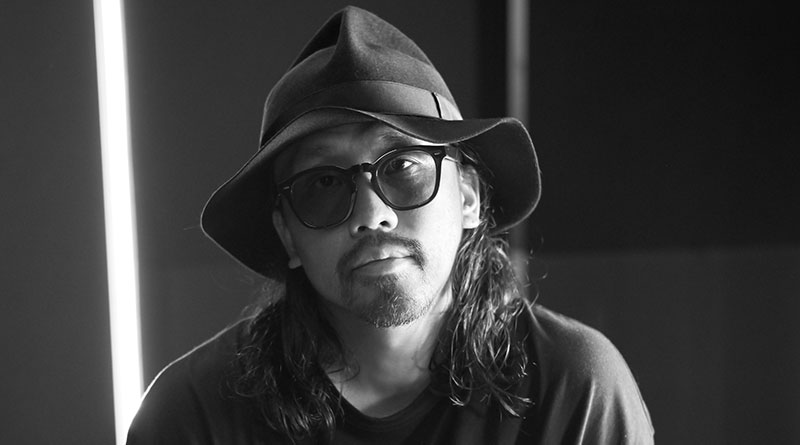
CEO and Senior Colourist, Masahiro Ishiyama
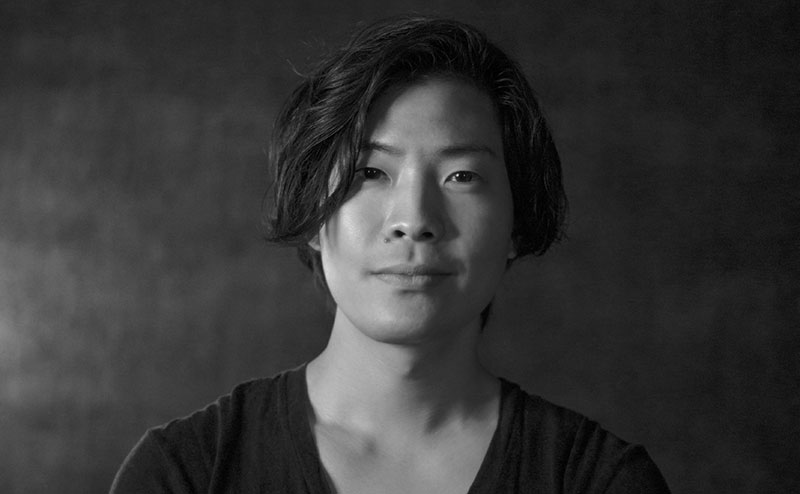
Senior Colourist Toshiki Kamei
A Natural Image
One of Ishiyama’s favourite features in Baselight is Chromogen. “It's a tool that isn’t available on other platforms, and it allows me to create effective, natural-looking images in a more visual way. It’s especially effective for building looks that are both expressive and resilient.
“We’ve used Baselight during look development sessions for several projects that are currently in production. Chromogen and X Grade, along with newly redesigned tools like Curves, have proven to be especially valuable in that process. Learning new software from scratch is always a challenge, but we are very impressed with Baselight’s extensive toolset and precise colour control.”
Chromogen has precise look development controls that allow you to customise colour saturation, cross talk, contrast and other characteristics. Instead of creating a LUT and then trying to adjust and fix parts of it, users can in effect build a new camera film stock to produce scene-referred looks, using wide-dynamic-range camera data. FilmLight has used Chromogen to recreate existing looks, which colourists can use as a reference to either build their own, or make customised edits to favourite looks.
Time-saving and Efficiency
The X Grade primary colour correction tool saves time by allowing colourists to make multiple localised, complex corrections in a single layer, without having to first create a key or matte. As a simpler way of interacting with images, without the indirect, convoluted process of colour space conversions, corrections do not result in folds in the colour space. They can be safely copied to shots with a completely different colour palette
“The support has been invaluable, too,” said Ishiyama. “The collaboration between our local team and FilmLight’s support team gives us peace of mind, and has been a tremendous help in our transition to Baselight. Their prompt responses, detailed explanations and passion have greatly expanded our understanding – not just of how to operate the software, but also of colour science, grading techniques, and the overall approach to colour.”
Ishiyama has recently worked on several projects using Baselight, including a Netflix original, a Toho feature film, and an advertisement for Calorie Mate.
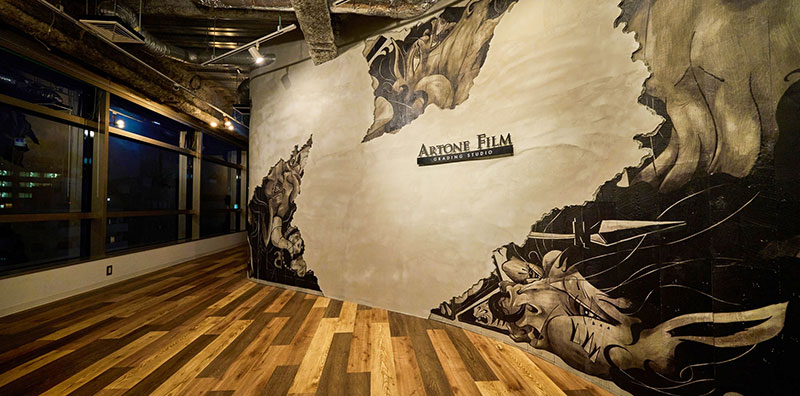
“Starting from the DoP’s images and references, I recreated the base look from scratch using Chromogen, and then added the distinctive characteristics of each project,” said Ishiyama. “I am still learning how to work more efficiently by copying and pasting grades, and how to manage looks across scenes in bulk. One great advantage I noticed during sessions is how quickly Baselight allows me to create a primary look that satisfies the DoP, speeding up the approval process.”
Depth and nuance
Kamei has used Resolve throughout his career, but is looking forward to getting his hands on Baselight’s tools. He said, “Resolve is a tool I am very comfortable with. But I’ve always had the desire to try Baselight as well – mainly because several colourists I deeply respect have used it in their own work.
“What I’m most looking forward to is incorporating Baselight’s rich tonal expression into my creative process. I believe that by embracing what Baselight has to offer, I can open up new possibilities in my work and bring even more depth and nuance to future projects.”
At InterBEE 2025, held in November in Tokyo, the ARTONE team will show their work and expertise in colour on the stand of their parent company, Restar Corporation. www.filmlight.ltd.uk



